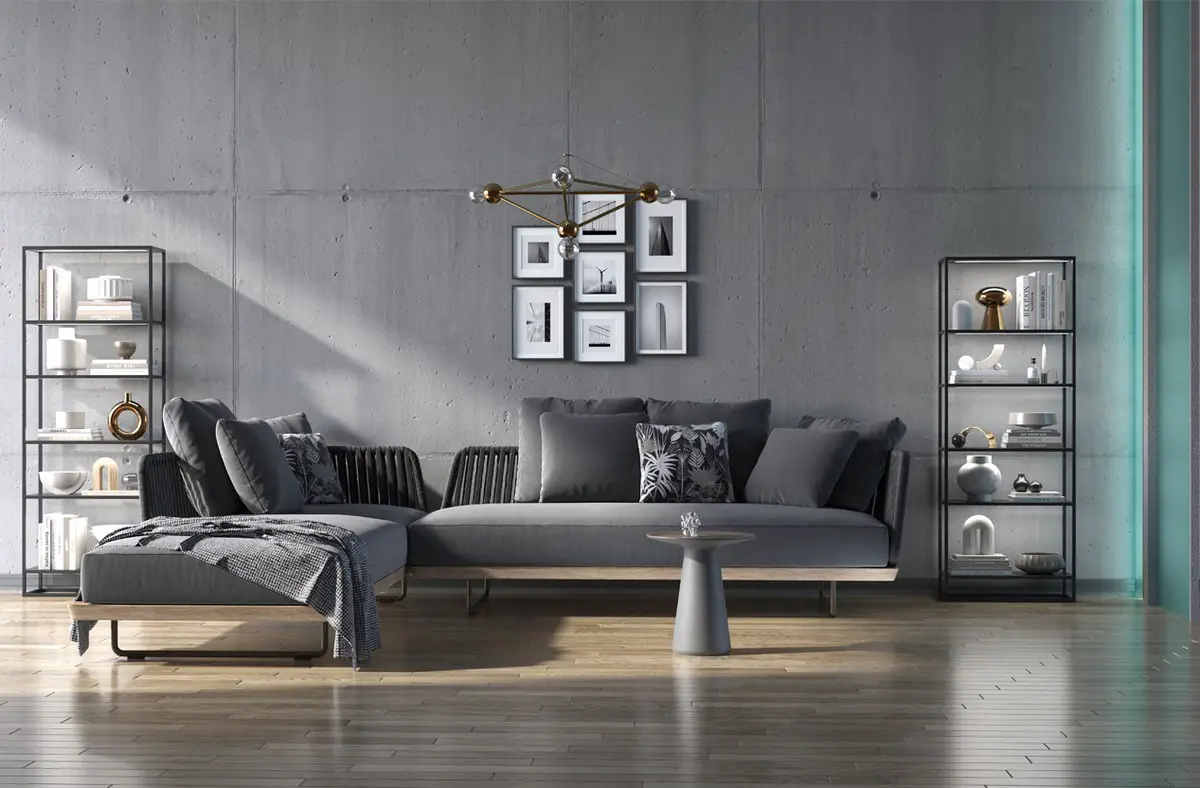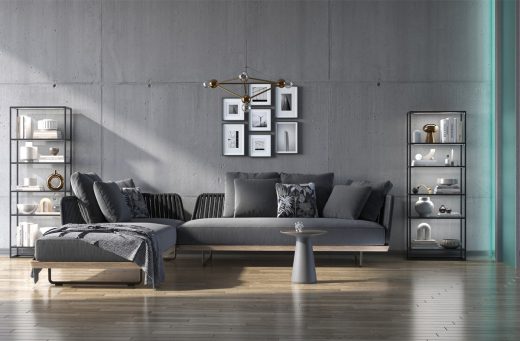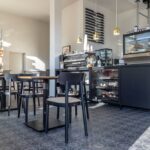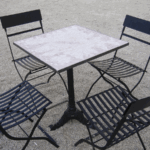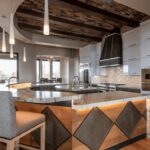Designing for your existing furniture advice, Home interior design style
Designing for Your Existing Furniture
11 July 2024
Lots of people design a home without first thinking about how to furnish the property. It can be a major flaw because designing spaces without considering your existing furniture can result in double the expenses and a lot of waste. Instead, you should always consider your existing furniture when designing spaces to save money, reduce waste, and create a cohesive look throughout your home.
This guide aims to help you keep your existing furniture that you’ve invested over time at the forefront of your home design and layout to maximize space efficiency, enhance aesthetic appeal, and create a cohesive look, transforming your home into a masterpiece that seamlessly integrates your beloved furniture.
Why start with existing furniture?
Starting with your existing furniture when designing a space anchors your design in practicality and personal history. These pieces already fit your lifestyle and meet your functional needs, saving you the hassle and expense of purchasing new items.
Your existing furniture is infused with memories and sentimental value, making your home genuinely unique. Moreover, using what you already own is an environmentally responsible choice, reducing waste and the environmental impact associated with manufacturing new furniture. This conscious approach not only respects your budget but also demonstrates a commitment to sustainability, a principle that resonates with contemporary, eco-aware living. It is even a question that high-end designs architects now prompt. Are you looking to incorporate any existing furniture?”
What furniture do you currently own?
List the furniture
Begin by listing all your furniture pieces that is significant and you want to be incorporated into the new house, noting their dimensions and condition. This inventory acts as a foundation for your design. Not every piece will make it onto the list, maybe you don’t need that IKEA bookshelf but what about the grand piano inherited from your grandmother or the modern coffee table that’s seen better days, maybe it’s time to really make it shine in your newly created area. Every item on the list has a place in your new design layout.
Determining the purpose
Next, identify the primary use of each space. Is your living room a hub for family gatherings or a serene retreat? Are you looking to incorporate that state-of-the-art bar fridge in the wine cellar that you’re designing for the house. Matching furniture to appropriate spaces helps create a purpose for the room as well as creating a functional space. For example, that luxurious velvet sofa might serve as the focal point in a reading nook, while sturdy, easy-to-clean pieces might be better suited for high-traffic areas.
Measuring and planning
Have accurate measurements
Noting down measurements of every piece that you are incorporating is very important. For one, imagine designing your house without ever thinking about the furniture you are trying to incorporate into the house. Can you imagine finally having the furniture movers arrive, only for them to realize that your ultra-slim zigzag hallways can’t accommodate your $6,000 velvet suede couch, no matter how many times they try to angle it? Measure your space meticulously, make sure you account for windows, doors, and architectural features. Common mistakes, such as neglecting skirting boards or failing to measure doorways, hallway corners can lead to design faux pas that are easily avoided with careful planning.
Creating a floor plan
Utilize graph paper or digital tools to create a floor plan can help you come up with a concept design. This visual aid helps you experiment with different layouts before committing to one. Try various configurations, considering how each arrangement impacts the flow and functionality of the space.
Considering traffic flow
An efficient traffic flow is essential for a comfortable living space. Ensure pathways are unobstructed and furniture placement facilitates easy movement. Overcrowding not only hinders functionality but can also make even the most luxurious spaces feel cramped.
Garage and driveway
When designing a garage or driveway to fit your lifestyle and the vehicles you own, it’s important to consider the specific needs and space requirements. If you have a trailer, a boat, or jet skis, you will need to ensure there is ample space for parking and maneuvering these larger items. Think about the access points and how easily you can move your vehicles in and out. Planning for storage solutions and making sure there is adequate room for all your equipment will help create a functional and efficient space no matter what recreational activities your family gets up to.
Design principles for existing furniture
Focal points and balance
Whether you are starting a renovation or designing a new home, identify a room’s focal point, be it a majestic fireplace, a panoramic window, or an exquisite piece of art. Arrange furniture to complement this focal point, balancing heavy and light pieces to achieve visual harmony. A well-balanced room exudes sophistication and elegance.
Functional groupings
Arrange furniture into functional groupings that cater to specific activities. Create conversation zones with sofas and chairs, delineate reading areas with cozy armchairs and lighting, and define dining spaces with a harmonious table setup. Use rugs and lighting to anchor these groupings, adding layers of depth and interest.
Harmony and contrast
Mixing styles and eras can result in a uniquely personal and visually intriguing space. However, maintaining a cohesive color palette is crucial. This balance between harmony and contrast ensures your design is both captivating and unified, reflecting a refined aesthetic.
Space Optimization Techniques
Multi-functional furniture
Designing a home is also about optimizing space, whether that is though Integration of multi-functional furniture to optimize space or cleverly designed joinery. Sofa beds, storage ottomans, and expandable tables are excellent additions that provide flexibility without compromising on style. These pieces adapt to your needs, making your home both beautiful and practical.
Creative storage solutions
Utilize underutilized spaces for storage. Think creatively—under the bed, behind doors, or within built-in shelves. Stylish storage options, such as bespoke cabinetry joinery that use the height of the floor to ceiling and designer baskets, can keep your space clutter-free while enhancing its aesthetic appeal.
Furniture arrangement tips
Angle furniture pieces to create visual interest and a dynamic flow. Use mirrors strategically to enhance light and give the illusion of a larger space. These simple yet effective techniques can transform the feel of a room, making it more inviting and spacious.
Refreshing and updating
Upcycling and DIY projects
Breathe new life into your existing furniture with upcycling and DIY projects. A fresh coat of paint, oil or varnish with new upholstery, or creative repurposing can rejuvenate tired pieces, adding a bespoke touch to your design. Embrace your inner artisan and see each piece as a canvas for your creativity.
Accessorizing smartly
Choose accessories that complement your furniture without overwhelming the space. Thoughtfully selected pillows, throws, and artwork can add personality and warmth. Avoid clutter by focusing on quality over quantity, ensuring each accessory serves a purpose.
Incorporating greenery
Designing an outdoor space by moving plants from your old home can bring life and vibrancy to your home. If you have a fully established palm tree or a beautiful purple Jacaranda tree that you wish to incorporate into your garden design then plan for it. Plants not only enhance aesthetics but also improve air quality and promote well-being. Select species suited to your light conditions, and consider stylish planters that match your design scheme.
Practical considerations
Budgeting tips
Prioritize spending by investing in key pieces that anchor your design. Look for deals on complementary items, and consider high-quality second-hand pieces. Balancing investment and budget-friendly choices allows you to achieve a high-end look without overspending.
Maintenance and care
Maintain your furniture in top condition by following care guidelines specific to each material. Regular cleaning and proper maintenance ensure longevity and keep your space looking pristine.
Conclusion
Designing a space around your existing furniture is a rewarding process that celebrates your personal history and style. Enjoy the journey of transforming your home into a space that’s uniquely yours, blending old and new with effortless elegance. With thoughtful planning, careful consideration of layout and traffic flow, and the effective use of existing furniture, you can transform your home into a harmonious and functional retreat. Utilizing multi-functional furniture and creative storage solutions further optimizes available space, while refreshing and updating pieces with upcycling and DIY projects add a personal touch.
Don’t be afraid to experiment with your design choices. Flexibility and creativity are key, and the beauty of home décor lies in its evolving nature. Embrace change and let your space grow with you, reflecting your journey and aspirations. Remember to balance your budget wisely and maintain your furniture to ensure your home’s beauty and functionality endure over time. With these principles and tips, you are well on your way to creating a design that truly feels like home.
Comments on this guide to designing for your existing furniture article are welcome.
Restaurant Furniture
Restaurant Furniture Articles
Choosing the right restaurant furniture
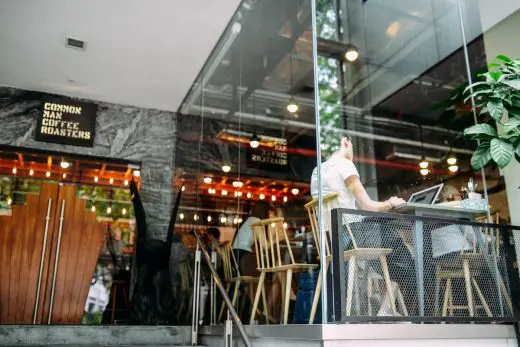
Choose best restaurant furniture for more tourists
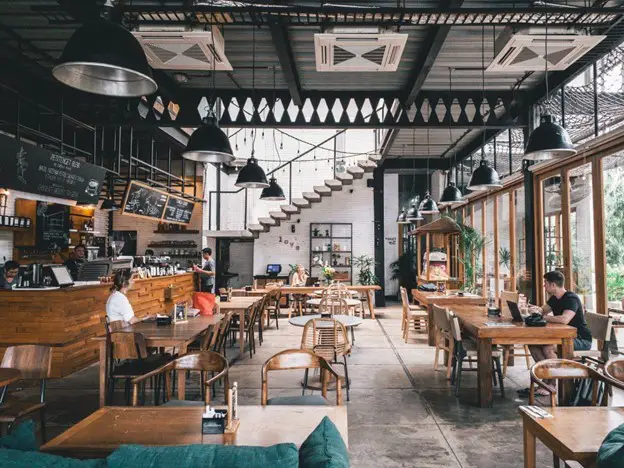
image source : unsplash.com
Restaurants
Restaurants Posts
Tips to Make Your Café More Exciting
Make your restaurant profitable and stand out
Things every restaurant owner should know
Building Articles
Comments / photos for the Designing for your existing furniture advice page welcome.

